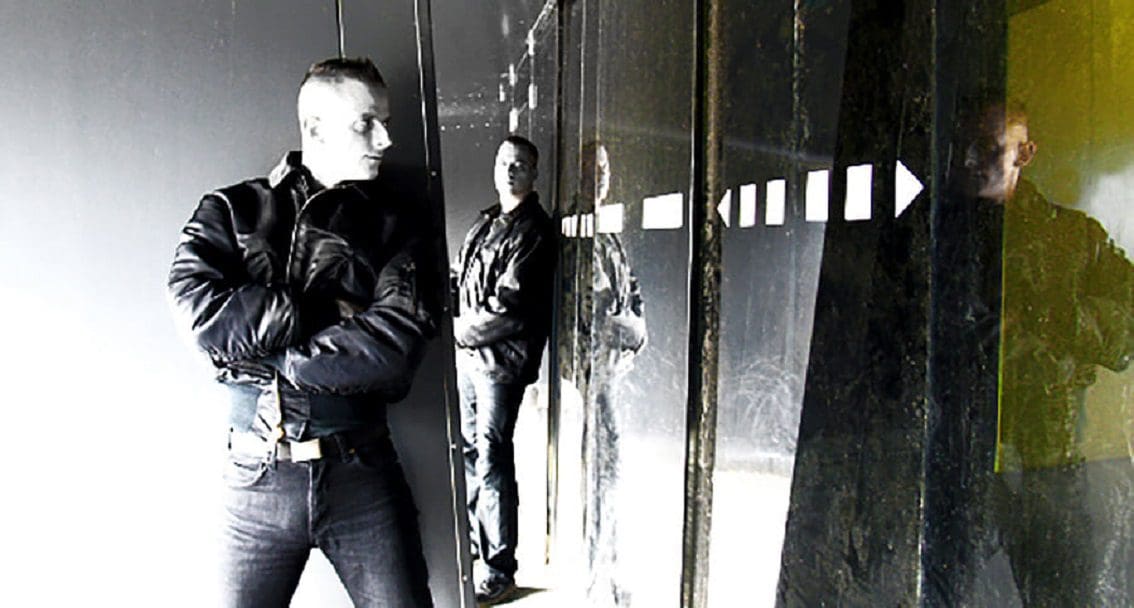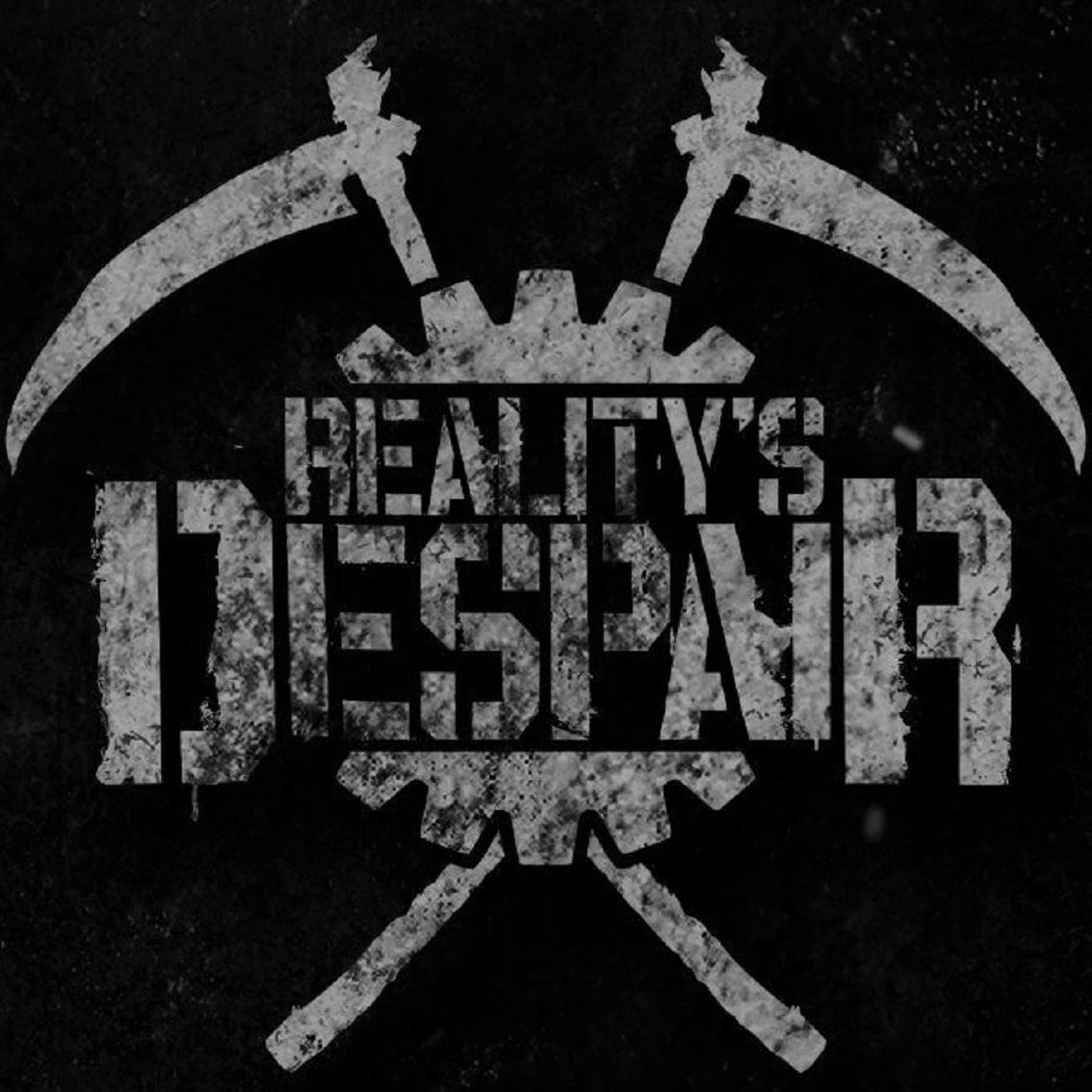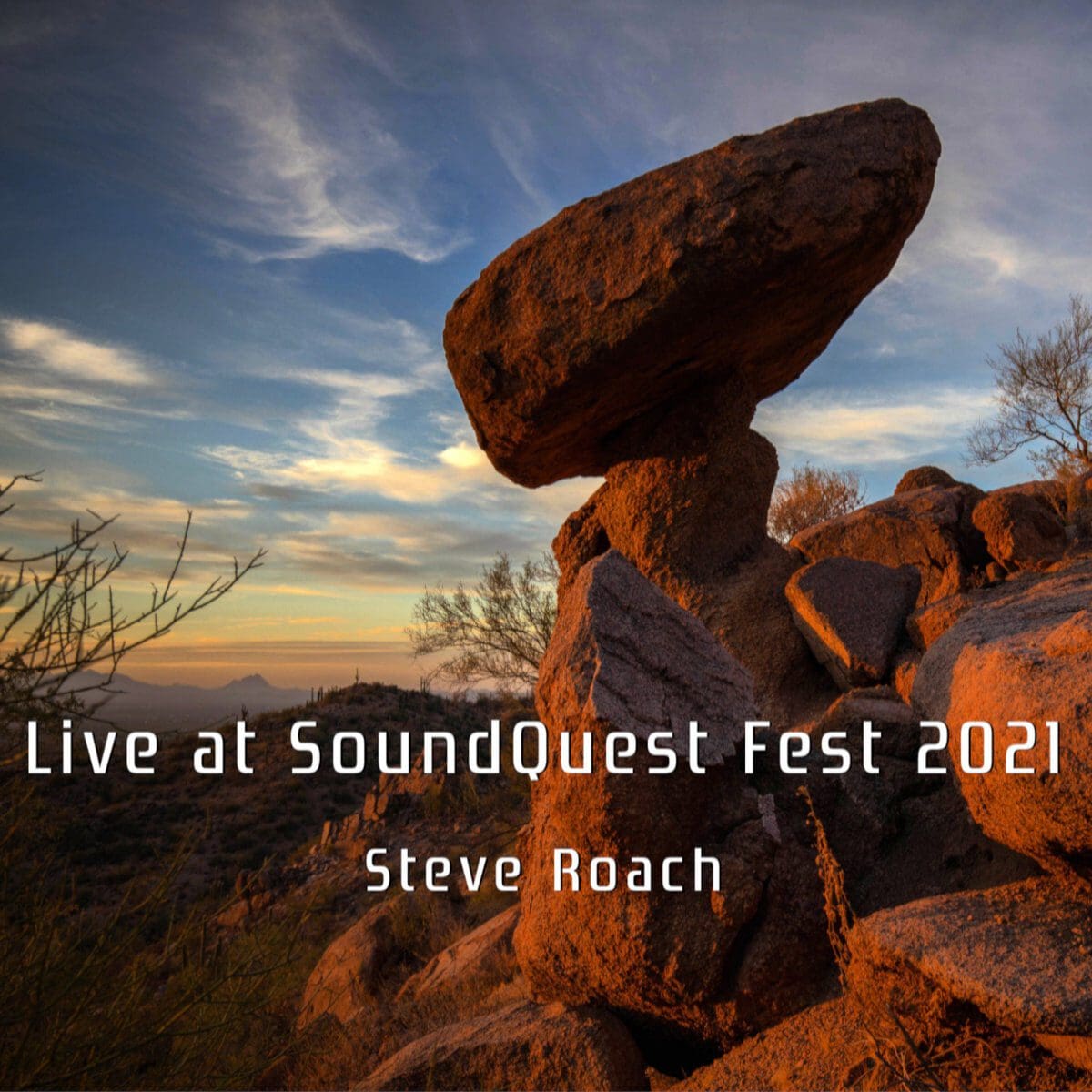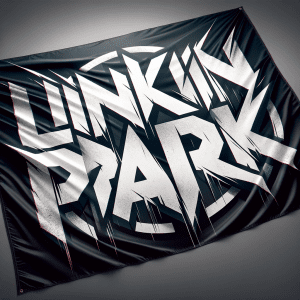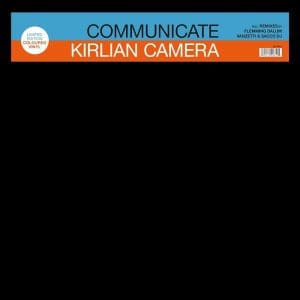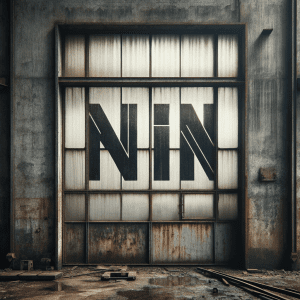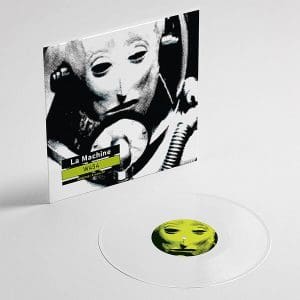The 5 best electronic drum pads on the market
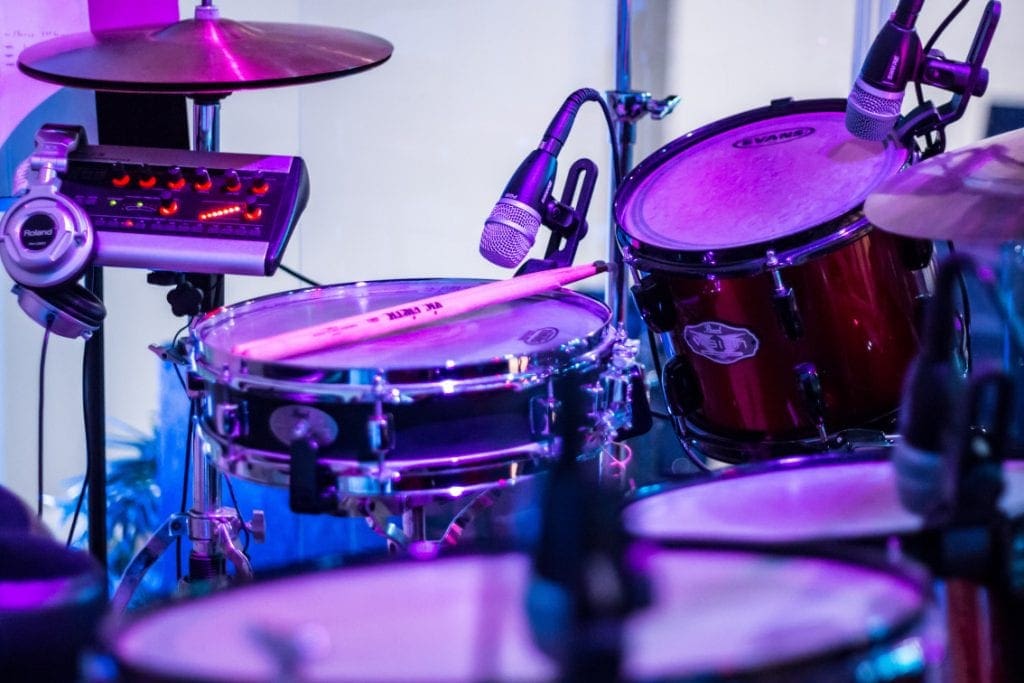

In 1967, Felix Visser, a drummer playing with the Dutch pop band the VIPs, DIY-modified one of the pre-Roland Music-era Ace Tone electronic rhythm box-drum machines, which was intended to play simple pre-programmed rhythms. Since then a lot has changed and several companies have started developing extremely advanced electronic drums pads and many bands have had that much succes that they went to bet in the US with their earnings. You have to do something with your royalties, haven’t you?
We’ll discuss 5 electronic drum pads in this article which are all available on the market today.
Yamaha DTX Multi-12
From Roland we go to Yamaha. The Yamaha DTX Multi 12 is a sampling pad which you can compare with the Roland SPD-SX. Compared with that machine, the Roland Octapad (SPD-30) offers 3 extra pads and you have a rather large library of sounds to choose from. As a result many only use this machine instead of an extra drum only pad. If the original number of pads don’t suffice, you can extend it with 5 extra pads too.
But, the internal storage is on the (very) low side as it can barely hold 64 megabyte. That’s a big downside compared to Roland SPD-SX with its 4 gigabyte. Also the usability of this machine is unnecessarily complicated. It’s not as easy like playing online lottery.
Roland Octapad (SPD-30)
The Roland Octapad (SPD-30) offers you the option to connect up to 5 external sources including a hi-hat controller. It offers you the possibility to develop a mini-electronic kit out of this. Many bands use this drum pad’s phrase looping option to loop up to 3 separate instruments. Despite the limit of just 3 instruments, you can swap them instantly. The starting and stopping of the phrase loops can be midi triggered so it works as a charm when combined with another sampler for instance.
Roland SPD-SX
Also from Roland comes the Roland SPD-SX. But this drum pad is actually more a sampling pad than a percussion pad, so if you want to create custom samples, then this is definitely a model you should look at and try out. We also have seen many DJs using this drum pad in their sets to insert sounds. You can of course load your own samples onto the machine. We definitely don’t recommend using cheaper alternatives when you want to use your drumpad primarily for sampling.
Good to know, the internal memory can hold up to 4 gigabyte of samples, roughly 12 hours of sounds and samples. If that’s not enough, you can simply expand the memory using USB storage. A minus compared to the Roland Octapad (SPD-30) is that it will not allow you to create phrase loops on the fly.
Alesis SamplePad Pro
If your budget is rather tight, then the Alesis SamplePad Pro can be a good option still offering quality. It connect easily with external pads and you can also upload your own samples onto it. But the difference in price of course needs to be found somewhere, and this will become clear as you will encounter several cross-talk issues with pads being triggered to easily when a nearby pad is hit and this when set to a high sensitivity.
Nevertheless, if you are just starting, don’t hesitate to try this one out.
Alesis Strike MultiPad
Our final choice is the Alesis Strike MultiPad which caters to the high-end users. It’s quite new so it remains to be seen how it will perform in the circuit, but there are some good reasons to keep an eye on it. You get a rather good velocity-sensitive surfaces, decent sampling features, looping augmented by different effects. You get a nice assortment of built-in samples and has the option to import your own. What we like the most is that it has the ability to record audio directly into the sampler.
Since you’re here …
… we have a small favour to ask. More people are reading Side-Line Magazine than ever but advertising revenues across the media are falling fast. Unlike many news organisations, we haven’t put up a paywall – we want to keep our journalism as open as we can - and we refuse to add annoying advertising. So you can see why we need to ask for your help.
Side-Line’s independent journalism takes a lot of time, money and hard work to produce. But we do it because we want to push the artists we like and who are equally fighting to survive.
If everyone who reads our reporting, who likes it, helps fund it, our future would be much more secure. For as little as 5 US$, you can support Side-Line Magazine – and it only takes a minute. Thank you.
The donations are safely powered by Paypal.


